Instruction
Technique for a low, checking wedge shot
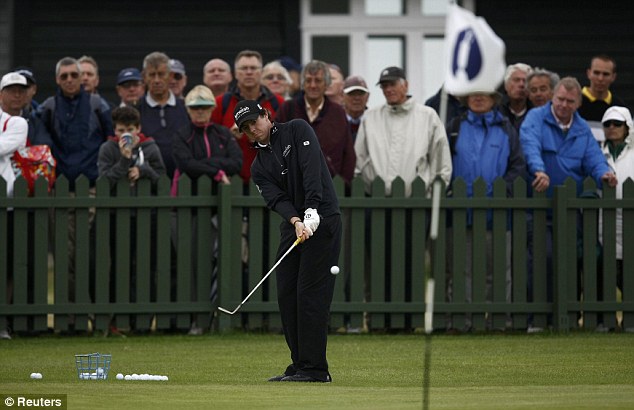
There’s two simple ways that golfers can get their ball to stop quickly around the green. One is through loft, the other is through spin. Both types of shots have their pros and cons, but the sexier of the two options, and arguably the option that takes the least amount of timing and athleticism (due to the smaller range of motion) is the shot that checks up with backspin.
The challenge to this shot is to be able to contact the golf ball with enough of a descending strike to create friction, but to do so without exposing too much of the club’s leading edge, which leads to golfers sticking it in the ground. There aren’t many more embarrassing escapades in a golfer’s life than hitting the turf farther than the golf ball, right? To eliminate that recurring embarrassment, let’s try to understand how the golf club needs to be used to execute this shot. We’ll then add the dynamics of the movement to make this shot an added weapon to your short game arsenal.
The first step in executing this shot is understanding how to use the bounce of your sand wedge. Let’s discuss how the bounce of your sand wedge works statically, or without motion. To start, address a golf ball with your club face in a completely square position. For a simple reference point, let’s say the leading edge of your club face is square at 12 o’clock.
To pronounce or add bounce to your sand wedge, the club face needs to be more open, or pointing to the right (all directional characteristics in this article will be for a right handed golfer). It’s important for us to create more bounce, because bounce will encourage the club to skip through the turf instead of digging too much and causing golfers to take huge divots. For the purpose of this exercise, I want you to open the club face without changing your grip. We’ll make our goal 1 o’clock.
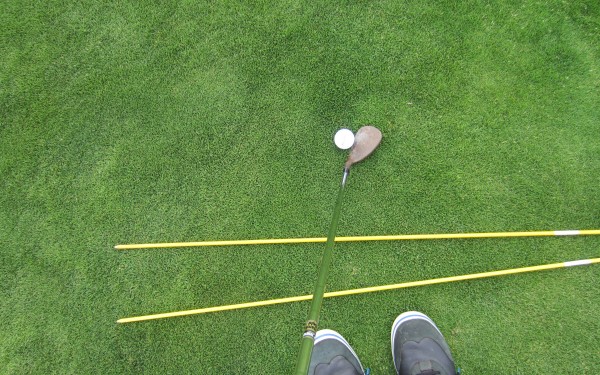
To add/pronounce bounce, note how the club face is now pointing to 1 o’clock. Also note the forward shaft lean.
To attain the 1 o’clock position, take note of how the shaft of your golf club has to lean more left, or towards the target. This is a good thing! The more the shaft leans left, the more the golf club is still descending, or traveling down when we add motion. That variable equates to one of the big dynamic keys to achieve the necessary friction needed to execute this low, spinning shot.
Because the club face is pointing well right of the target now, an important problem for us to solve is: How do we hit the golf ball straight? It’s simple, just aim left… either statically (with your setup) or dynamically, by swinging more left on the downswing.
OK, so now we understand how the golf club needs to be used to accommodate the more descending strike required to execute this shot. The second step is to maximize the setup to help us execute this golf shot. Let’s start off with our ball being positioned slightly back of center, and our “target foot” pulled one ball back of square compared to our “backswing foot.” The club face should be square, or be perpendicular to the target. Favor more weight to your target foot. Keep your head even with the golf ball (never behind like the driver) throughout the entire motion.
Finally! We’re ready for the third step. We need to tie in all the static elements of this golf shot with dynamic motion. There are two keys to the backswing. We want to keep the motion short and hinged. Do not allow the handle of your golf club to travel farther than a couple of hands widths outside of your backswing leg. You can hinge the golf club (the club head should be closer to the sky compared to the handle) as much as you want. The more the golf club is hinged, the better chance you have of delivering the golf club on a descending blow during the downswing.
On the downswing, there are two important elements that need to be achieved simultaneously.
- You must rotate the club face into an open faced position, so that by the time that your club face reaches impact, the club face is at the 1 o’clock position that you trained statically. The more you rotate the face open, the easier it is to have the golf club travel on the proper path to execute this shot.
- You will also need to turn your body more left on the down swing. Two important elements will be achieved with this body turn. The handle should be well forward of the club head at impact when you turn your body more left, which encourages the descending strike that is so important to achieve the shaft lean and friction needed to create added backspin. Also, the more you turn left the straighter your shots should travel. Remember, you are striking the golf ball with an open club face. The more your club face is open at impact, the more you must match up your golf club by traveling left with static alignment and body turn to hit the golf ball straight.
So give this shot a go! Experiment with all the variables to find the right combinations that work for you. The more you experiment with these variables, the more you should be able to execute a larger array of spinning shots on the golf course. Finally, always use the ball flight and ball contact to help you problem solve your misses. Good luck!
- LIKE29
- LEGIT8
- WOW3
- LOL1
- IDHT2
- FLOP3
- OB1
- SHANK5
Instruction
Clement: Laid-off or perfect fade? Across-the-line or perfect draw?

Some call the image on the left laid off, but if you are hitting a fade, this could be a perfect backswing for it! Same for across the line for a draw! Stop racking your brain with perceived mistakes and simply match backswing to shot shape!
- LIKE0
- LEGIT0
- WOW0
- LOL0
- IDHT0
- FLOP0
- OB0
- SHANK1
Instruction
The Wedge Guy: The easiest-to-learn golf basic

My golf learning began with this simple fact – if you don’t have a fundamentally sound hold on the golf club, it is practically impossible for your body to execute a fundamentally sound golf swing. I’m still a big believer that the golf swing is much easier to execute if you begin with the proper hold on the club.
As you might imagine, I come into contact with hundreds of golfers of all skill levels. And it is very rare to see a good player with a bad hold on the golf club. There are some exceptions, for sure, but they are very few and very far between, and they typically have beat so many balls with their poor grip that they’ve found a way to work around it.
The reality of biophysics is that the body moves only in certain ways – and the particulars of the way you hold the golf club can totally prevent a sound swing motion that allows the club to release properly through the impact zone. The wonderful thing is that anyone can learn how to put a fundamentally sound hold on the golf club, and you can practice it anywhere your hands are not otherwise engaged, like watching TV or just sitting and relaxing.
Whether you prefer an overlap, interlock or full-finger (not baseball!) grip on the club, the same fundamentals apply. Here are the major grip faults I see most often, in the order of the frequency:
Mis-aligned hands
By this I mean that the palms of the two hands are not parallel to each other. Too many golfers have a weak left hand and strong right, or vice versa. The easiest way to learn how to hold the club with your palms aligned properly is to grip a plain wooden ruler or yardstick. It forces the hands to align properly and shows you how that feels. If you grip and re-grip a yardstick several times, then grip a club, you’ll see that the learning curve is almost immediate.
The position of the grip in the upper/left hand
I also observe many golfers who have the butt of the grip too far into the heel pad of the upper hand (the left hand for right-handed players). It’s amazing how much easier it is to release the club through the ball if even 1/4-1/2″ of the butt is beyond the left heel pad. Try this yourself to see what I mean. Swing the club freely with just your left hand and notice the difference in its release from when you hold it at the end of the grip, versus gripping down even a half inch.
To help you really understand how this works, go to the range and hit shots with your five-iron gripped down a full inch to make the club the same length as your seven-iron. You will probably see an amazing shot shape difference, and likely not see as much distance loss as you would expect.
Too much lower (right) hand on the club
It seems like almost all golfers of 8-10 handicap or higher have the club too far into the palm of the lower hand, because that feels “good” if you are trying to control the path of the clubhead to the ball. But the golf swing is not an effort to hit at the ball – it is a swing of the club. The proper hold on the club has the grip underneath the pad at the base of the fingers. This will likely feel “weak” to you — like you cannot control the club like that. EXACTLY. You should not be trying to control the club with your lower/master hand.
Gripping too tightly
Nearly all golfers hold the club too tightly, which tenses up the forearms and prevents a proper release of the club through impact. In order for the club to move back and through properly, you must feel that the club is controlled by the last three fingers of the upper hand, and the middle two fingers of the lower hand. If you engage your thumbs and forefingers in “holding” the club, the result will almost always be a grip that is too tight. Try this for yourself. Hold the club in your upper hand only, and squeeze firmly with just the last three fingers, with the forefinger and thumb off the club entirely. You have good control, but your forearms are not tense. Then begin to squeeze down with your thumb and forefinger and observe the tensing of the entire forearm. This is the way we are made, so the key to preventing tenseness in the arms is to hold the club very lightly with the “pinchers” — the thumbs and forefingers.
So, those are what I believe are the four fundamentals of a good grip. Anyone can learn them in their home or office very quickly. There is no easier way to improve your ball striking consistency and add distance than giving more attention to the way you hold the golf club.
More from the Wedge Guy
- The Wedge Guy: Golf mastery begins with your wedge game
- The Wedge Guy: Why golf is 20 times harder than brain surgery
- The Wedge Guy: Musings on the golf ball rollback
- LIKE86
- LEGIT13
- WOW6
- LOL1
- IDHT0
- FLOP4
- OB1
- SHANK8
Instruction
Clement: Stop ripping off your swing with this drill!

Not the dreaded headcover under the armpit drill! As if your body is defective and can’t function by itself! Have you seen how incredible the human machine is with all the incredible feats of agility all kinds of athletes are accomplishing? You think your body is so defective (the good Lord is laughing his head off at you) that it needs a headcover tucked under the armpit so you can swing like T-Rex?
- LIKE0
- LEGIT2
- WOW2
- LOL0
- IDHT0
- FLOP0
- OB0
- SHANK2
-

 19th Hole2 weeks ago
19th Hole2 weeks agoDave Portnoy places monstrous outright bet for the 2024 Masters
-

 19th Hole3 days ago
19th Hole3 days agoJustin Thomas on the equipment choice of Scottie Scheffler that he thinks is ‘weird’
-

 19th Hole2 weeks ago
19th Hole2 weeks agoTiger Woods arrives at 2024 Masters equipped with a putter that may surprise you
-

 19th Hole3 days ago
19th Hole3 days ago‘Absolutely crazy’ – Major champ lays into Patrick Cantlay over his decision on final hole of RBC Heritage
-

 19th Hole2 weeks ago
19th Hole2 weeks agoTwo star names reportedly blanked Jon Rahm all week at the Masters
-

 19th Hole1 week ago
19th Hole1 week agoReport: LIV Golf identifies latest star name they hope to sign to breakaway tour
-

 19th Hole1 week ago
19th Hole1 week agoNeal Shipley presser ends in awkward fashion after reporter claims Tiger handed him note on 8th fairway
-

 19th Hole1 week ago
19th Hole1 week agoBrandel Chamblee has ‘no doubt’ who started the McIlroy/LIV rumor and why

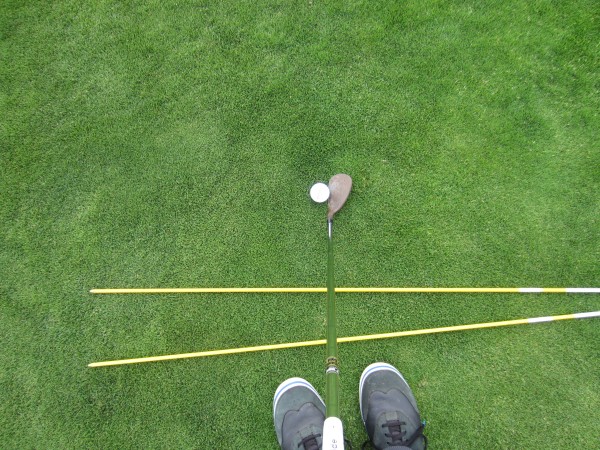
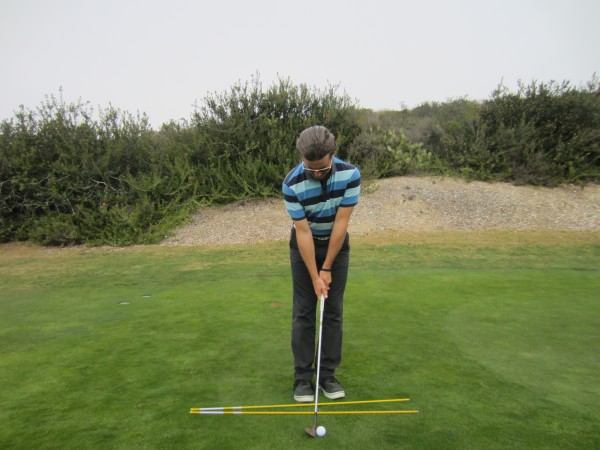
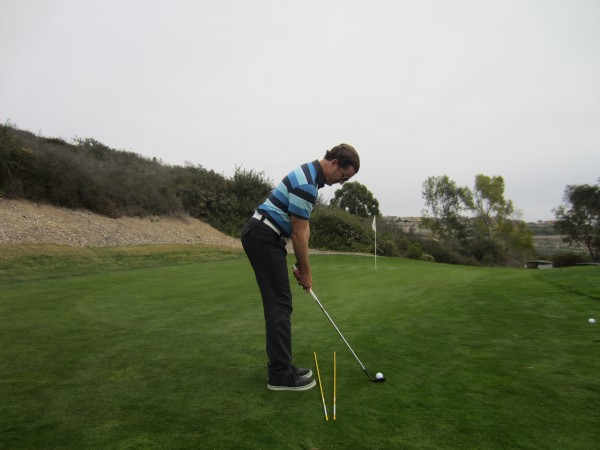

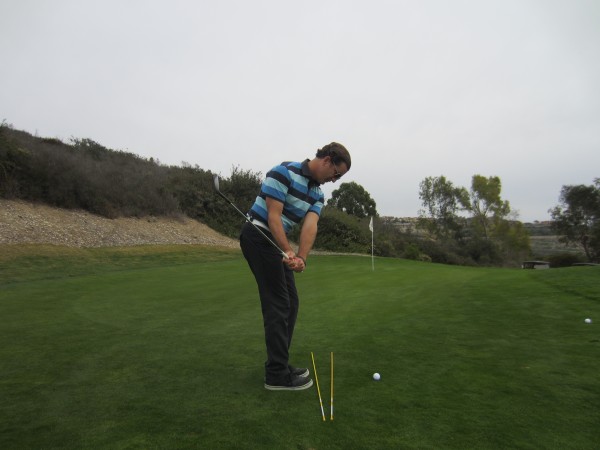
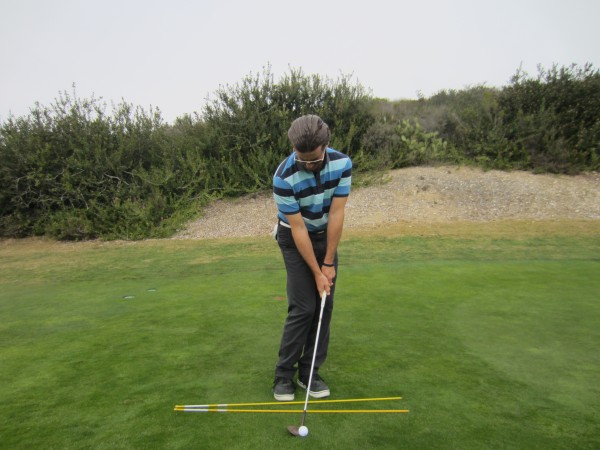
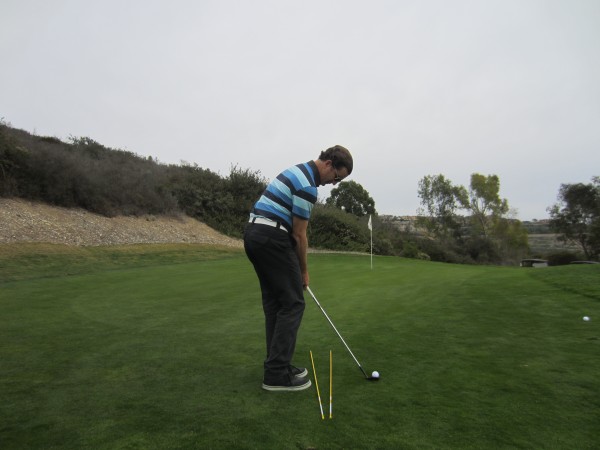
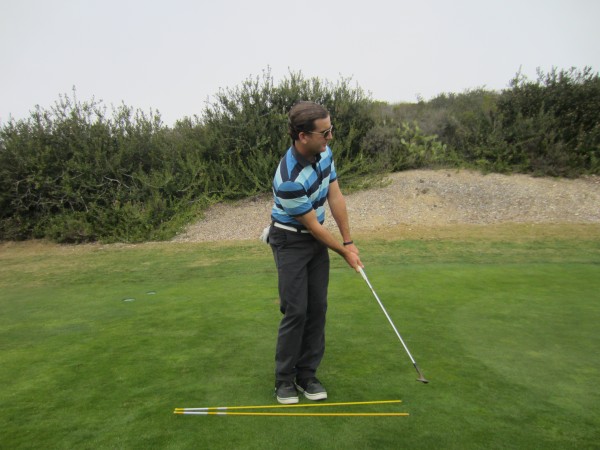
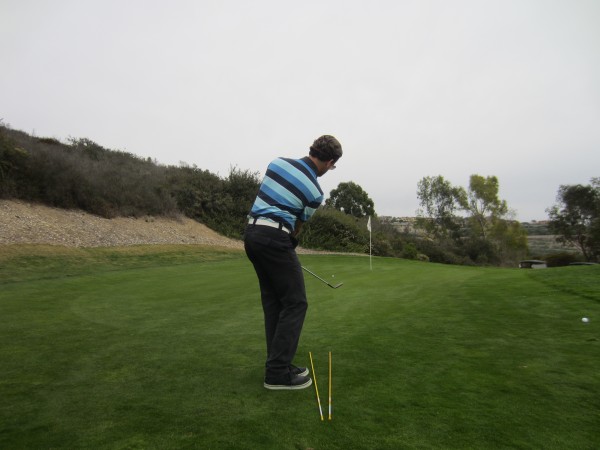


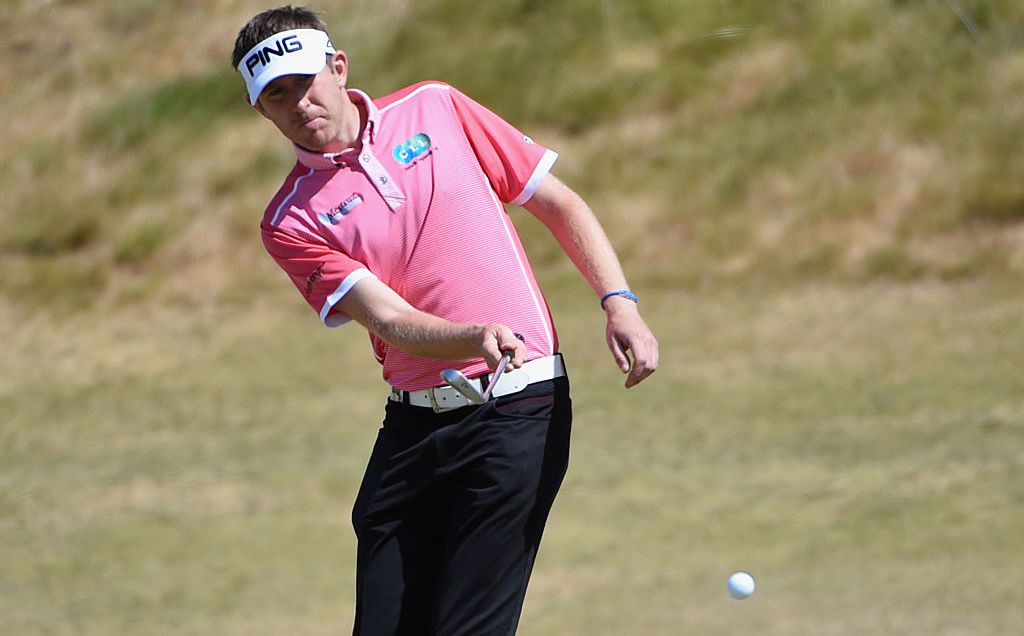
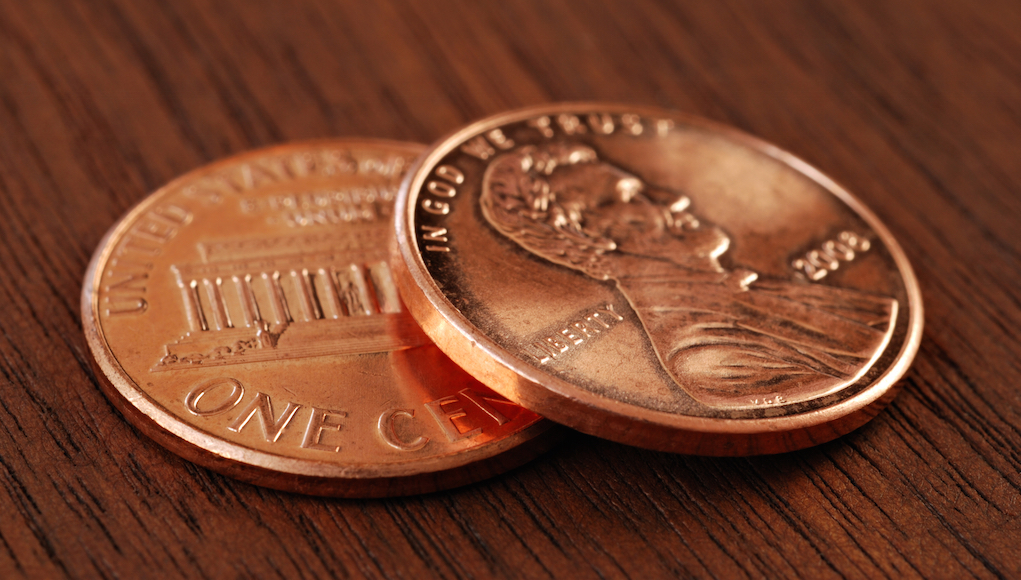
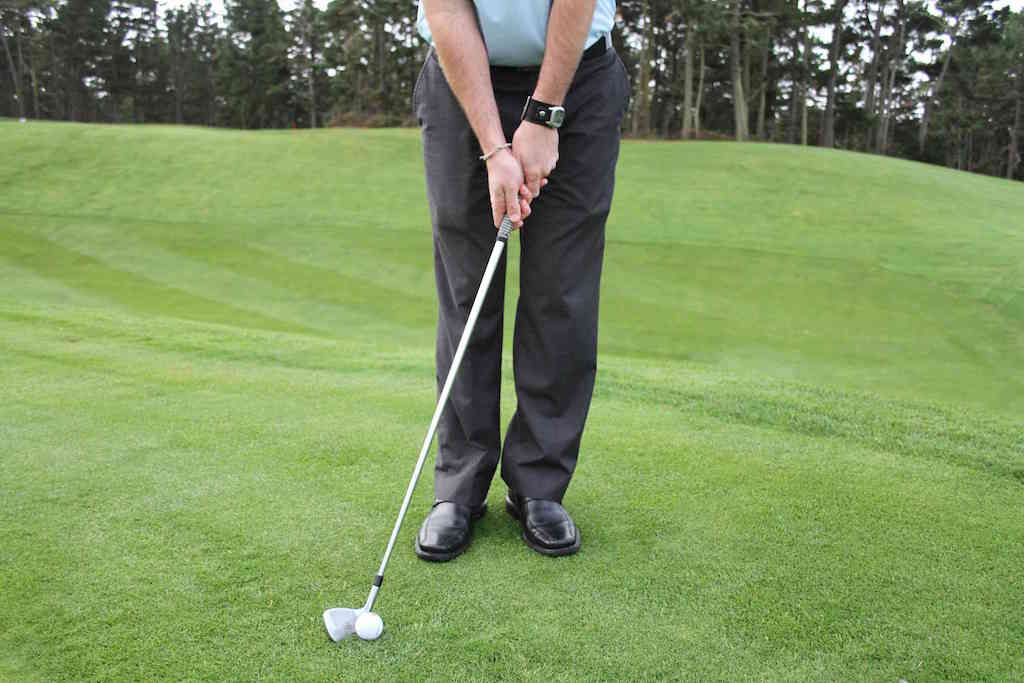
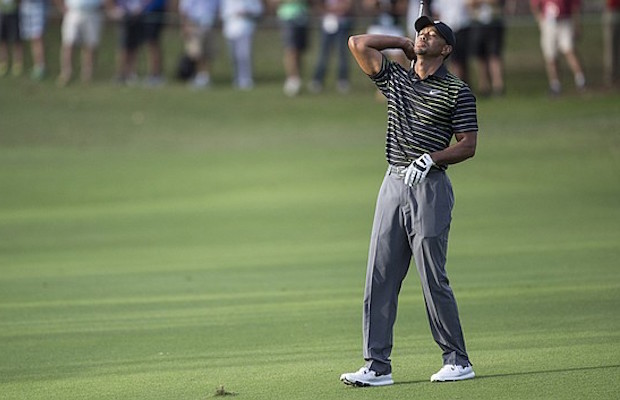
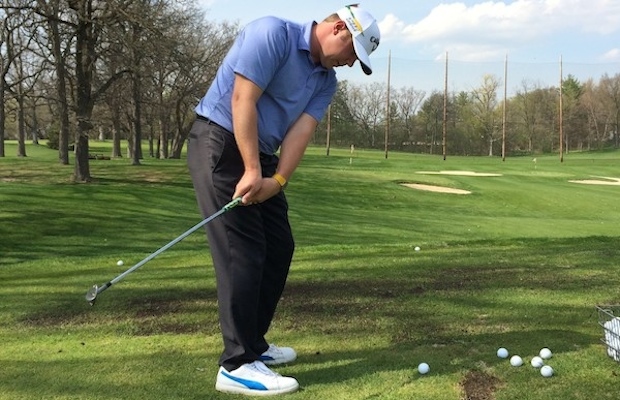














Chunker
Apr 11, 2014 at 10:47 pm
Gotta try this because I chilli dip too many chips for my handicap.
tinytim
Feb 13, 2014 at 9:46 am
no way thats a highspinner with that deep attackangle!
Abman
Feb 13, 2014 at 9:15 am
The descending strike you prescribe is the opposite of the Trackman pitching research that Andrew Rice has done where he has found that a shallow angle of attack is better for a low, checking wedge shot.
Tim
Mar 13, 2014 at 6:15 pm
Abman…that’s great feedback. I would respond by saying ANYTHING with your technique can be overdone. Tiger has spent most of his career playing from too shallow of a down swing path, something 90% of all golfers would love more of. While I do recommend a descending strike, I also recommend not taking a divot. My research shows that the ideal amount of shaft lean towards the target at impact for this shot is approximately 10 degrees…enough to create the friction, but not so much to expose the leading edge and take big divots. I’m using different verbiage to communicate similar technical needs for this shot. Thanks for your comment.
Evan
Feb 7, 2014 at 8:47 am
Good technique and shot to have for a low handicap. Not the easiest and most repeatable stroke for a mid- high handicap.
antonio
Feb 6, 2014 at 5:39 am
Excellent article! Thanks.
I am only missing one thing, acceleration through impact. I think that provided that your technique is correct you need speed (amount relative to the swing or shot you are triying to make of course) through impact to maximize ball spin.
Tyler
Feb 6, 2014 at 10:43 pm
Accelerating through all your shots is crucial.